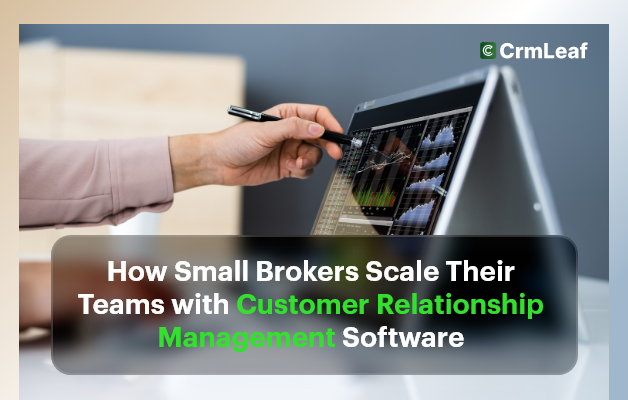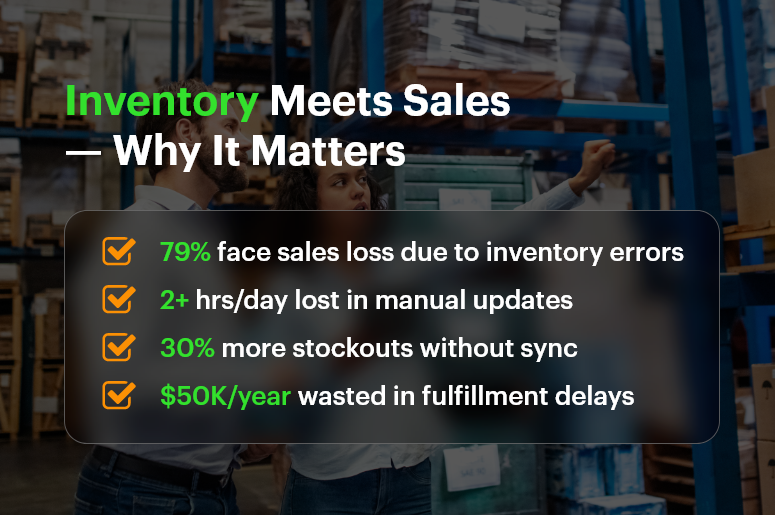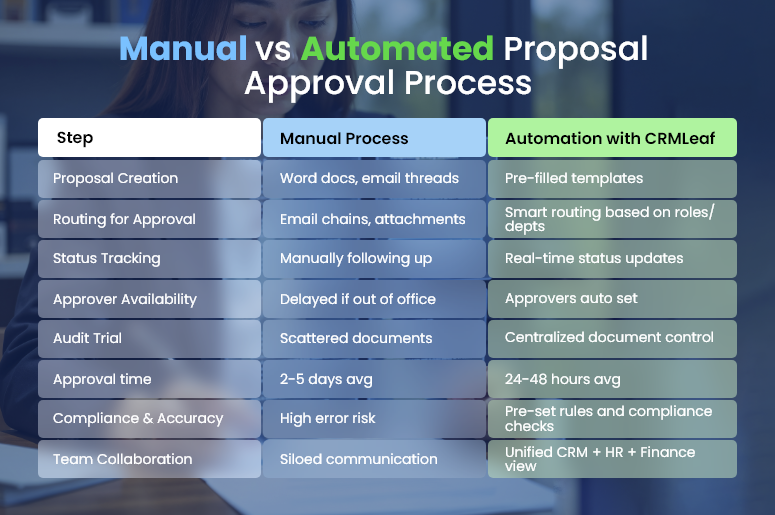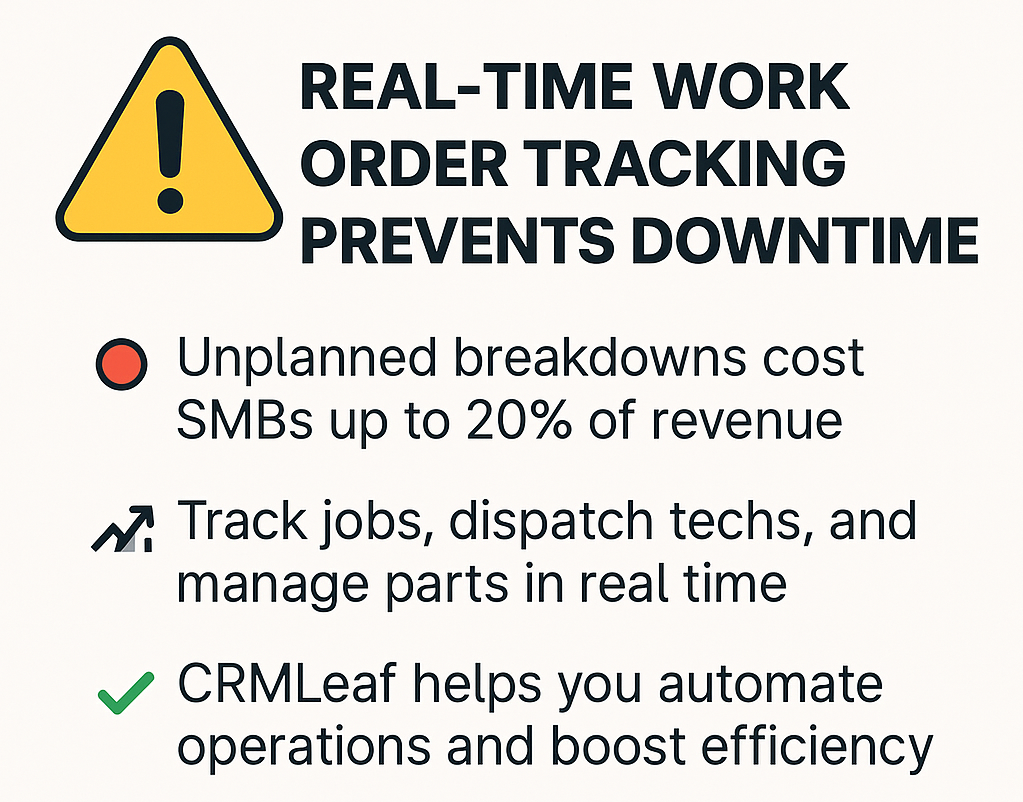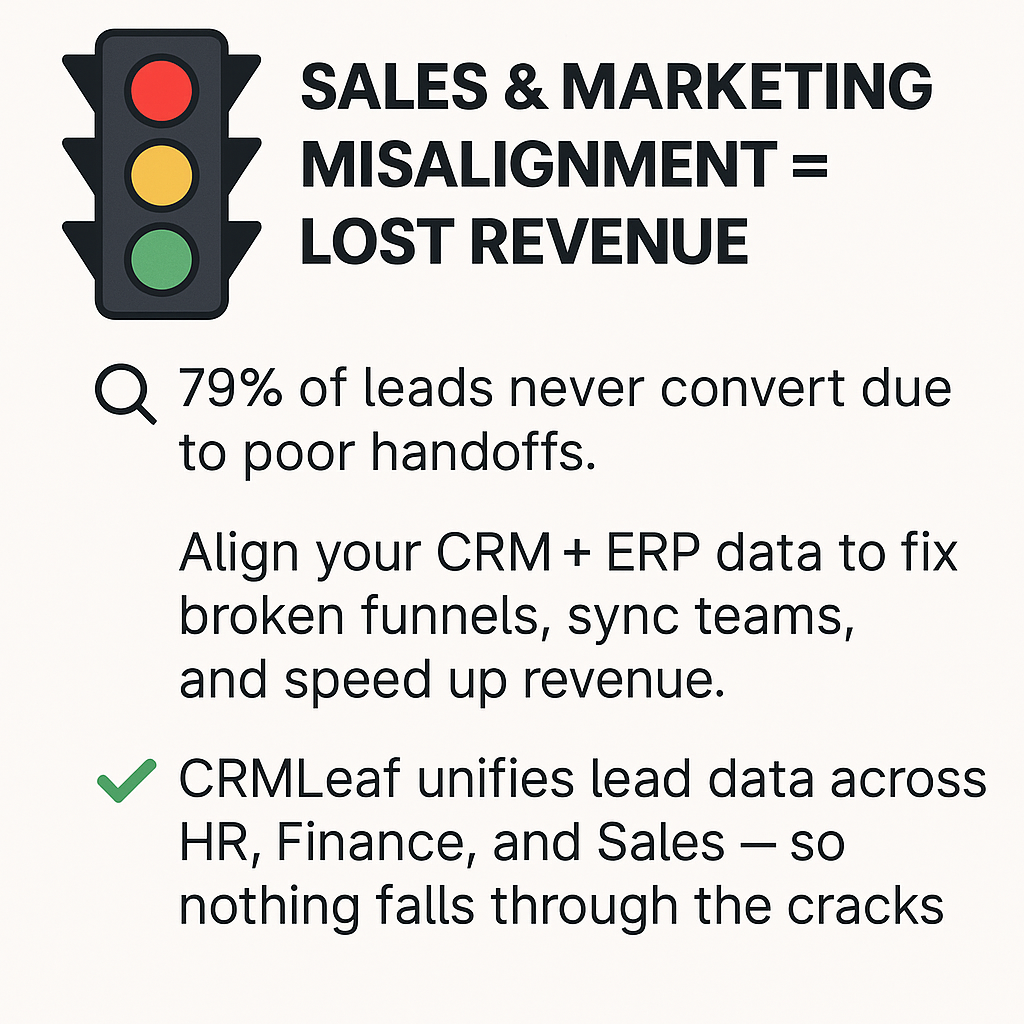Did you know that over 33% of small businesses get fined each year due to payroll errors? These aren’t just bookkeeping blunders — they’re HR compliance time bombs. Whether it’s misclassifying employees, missing deadlines, or incorrectly filing taxes, even a single mistake can lead to government penalties, employee distrust, and operational delays.
In this blog, we’ll unpack the five most common payroll mistakes that can wreck your HR compliance, especially if you’re still relying on manual or disjointed systems. We’ll also show you how a connected HRMS like CRMLeaf helps eliminate these issues before they cost you time, money, or reputation.
Let’s make sure your business stays compliant, confident, and payroll-error free.
Why Payroll Compliance Matters More Than Ever
HR compliance isn’t just about avoiding fines — it’s about protecting your people, your brand, and your bottom line. With regulations tightening globally and employees expecting faster, error-free payrolls, companies across all sectors must raise their game.
Let’s look at a few real-world scenarios:
- Retail chains often struggle with employee classification, especially with part-timers, freelancers, or interns.
- Manufacturing units may unintentionally breach labor law limits on overtime if systems don’t track it well.
- Startups in tech may underpay or delay benefits during rapid hiring — leaving room for payroll compliance violations.
No matter your industry, if you don’t build a compliant payroll workflow into your HR systems, your risk of penalty — and employee dissatisfaction — soars. And as your company grows, so do these risks.
With a smart, integrated HRMS system like CRMLeaf, you automate compliance checkpoints, reduce human error, and stay ready for audits at any time.
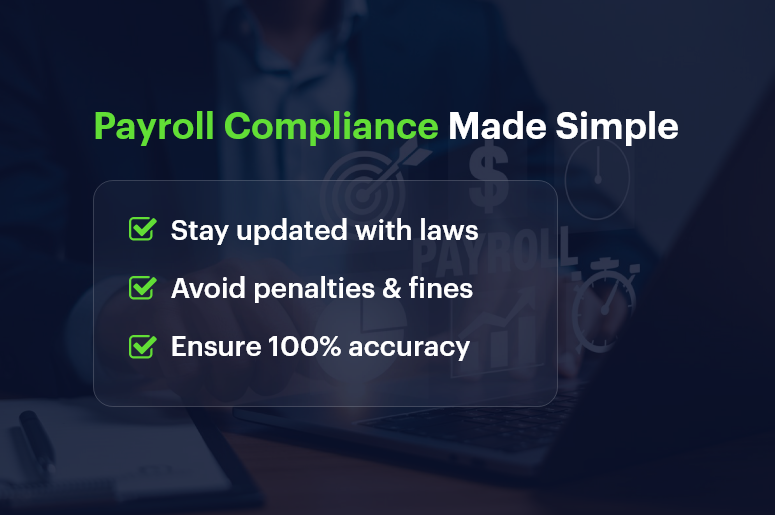
5 Payroll Mistakes That Can Ruin Your HR Compliance
1. Misclassifying Employees or Contractors
Why It’s a Problem:
Classifying someone as a contractor instead of an employee can help avoid taxes — until it doesn’t. If regulators catch it, expect back taxes, interest, and penalties.
How to Avoid It:
A connected HR + Finance ERP lets you define contract types clearly and apply tax deductions, benefits, and responsibilities accordingly. CRMLeaf helps ensure proper classification through rule-based workflows and smart prompts.
2. Missing or Delaying Payroll Tax Filings
Why It’s a Problem:
Governments are strict about payroll taxes. Late filings or incorrect amounts can cost thousands in interest, not to mention damage to your brand.
How to Avoid It:
Use automated tax filing tools built into CRMLeaf’s payroll module. These trigger reminders, generate reports, and even auto-submit filings — so you never miss a due date again.
3. Inaccurate Time Tracking and Overtime Calculations
Why It’s a Problem:
Miscalculating overtime — or not paying it at all — is one of the top labor law violations. This can escalate quickly into lawsuits or fines from labor boards.
How to Avoid It:
HR software like CRMLeaf integrates time tracking, attendance, and payroll. This ensures that any extra hours logged get automatically reflected in the payroll calculations — keeping you safe and fair.
4. Not Keeping Updated With Compliance Changes
Why It’s a Problem:
Payroll laws change often — be it minimum wage updates, tax slab revisions, or reporting obligations. Not staying current means non-compliance, even if it’s unintentional.
How to Avoid It:
CRMLeaf regularly updates compliance modules to match local and national payroll laws. You also get notifications and templates aligned with the latest rules — keeping your team always one step ahead.
5. Failing to Maintain Payroll Records and Audit Trails
Why It’s a Problem:
If you’re ever audited, you’ll need a clear, accurate payroll history. Manual records are error-prone, and missing information can cost you in legal defense.
How to Avoid It:
CRMLeaf’s cloud-based HR module stores all payroll documents with version history, approval logs, and timestamps. You’ll always have a clean, traceable digital trail for every transaction.
Best Practices to Stay Payroll-Compliant Year-Round
Consistency and automation are the foundation of payroll compliance. Here’s what businesses should focus on:
1. Automate Payroll Workflows
Manual steps increase the risk of missed actions and errors. By setting up end-to-end payroll automation in CRMLeaf, you reduce dependencies on HR staff while increasing accuracy and speed.
2. Use Checklists for Monthly Payroll Runs
Create a monthly compliance checklist that includes tax calculations, statutory deductions, and employee approvals. CRMLeaf lets you digitize and reuse checklists so no step is skipped.
3. Train Your HR and Finance Teams
Even the best system can’t help if the people using it don’t understand compliance protocols. Conduct quarterly training sessions using CRMLeaf’s built-in LMS or link to an HR learning platform.
4. Run Compliance Audits Quarterly
A small internal audit helps spot issues early. With CRMLeaf’s built-in analytics, you can generate compliance reports to track accuracy, deductions, and pay discrepancies.
5. Keep Everything Centralized
Avoid data silos. Integrate your payroll, HR, and finance functions under a single HRMS system. This centralization reduces duplication, speeds up approvals, and ensures real-time updates across the board.
Customer Success
For example, Nimbus Textiles, a mid-sized manufacturing company, used CRMLeaf Payroll Automation to reduce payroll processing time by 60% and cut tax filing errors to zero. By integrating attendance, payroll, and compliance under one platform, they avoided a ₹2,00,000 fine due to late tax filing — and saved 20+ hours monthly.
Key Takeaways & Final Thoughts
Avoiding payroll mistakes is not just about fixing errors — it’s about building trust, scaling safely, and focusing on your growth instead of fearing the next compliance audit.
- Misclassifications, late filings, and poor time tracking are the biggest threats to HR compliance.
- A connected HRMS system like CRMLeaf eliminates guesswork with automation, alerts, and clear reporting.
- Companies that prioritize payroll compliance enjoy smoother operations, fewer disruptions, and stronger employee morale.
Whether you’re in retail, tech, manufacturing, or services, now is the time to move from manual to modern HR practices.

